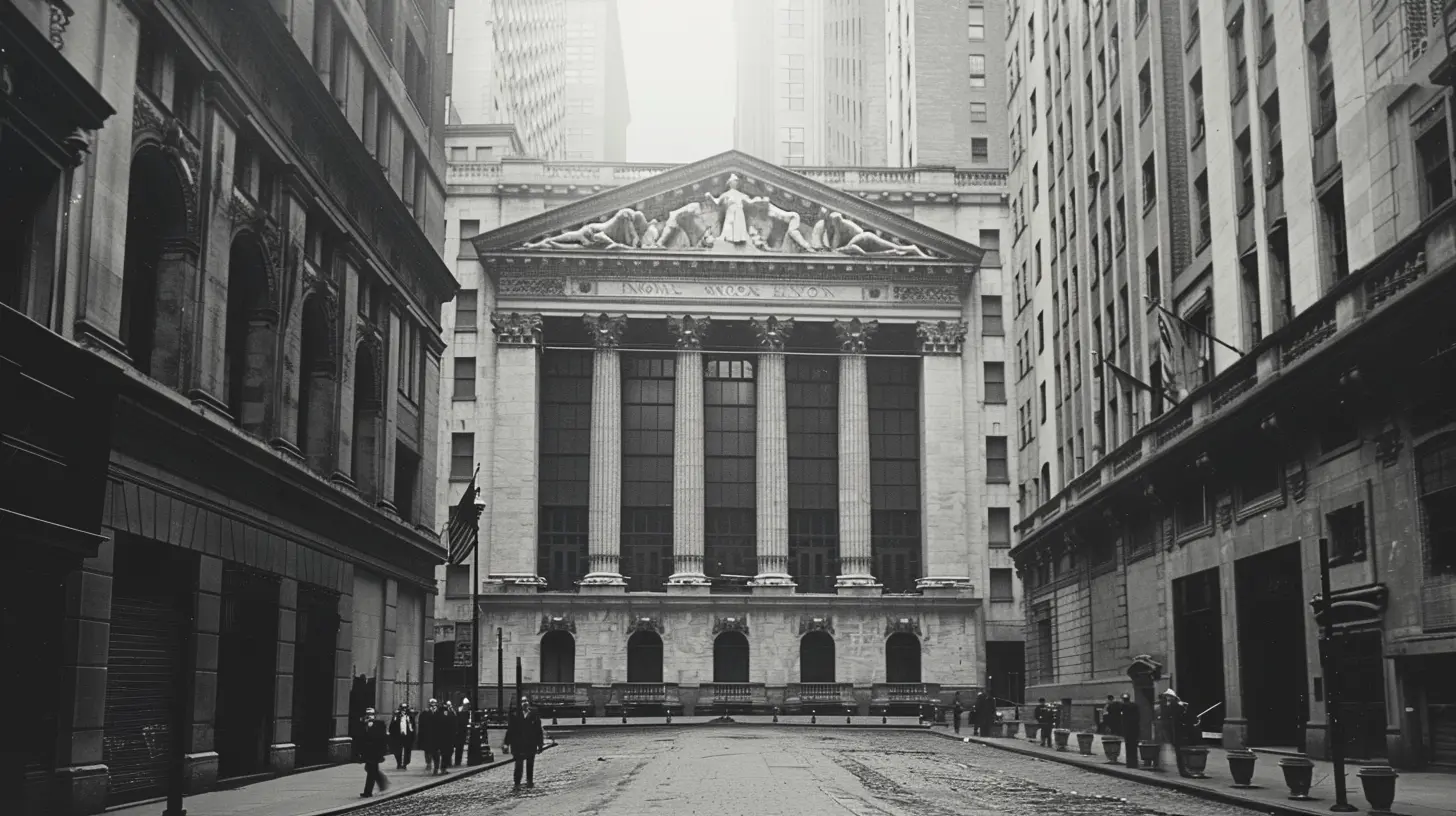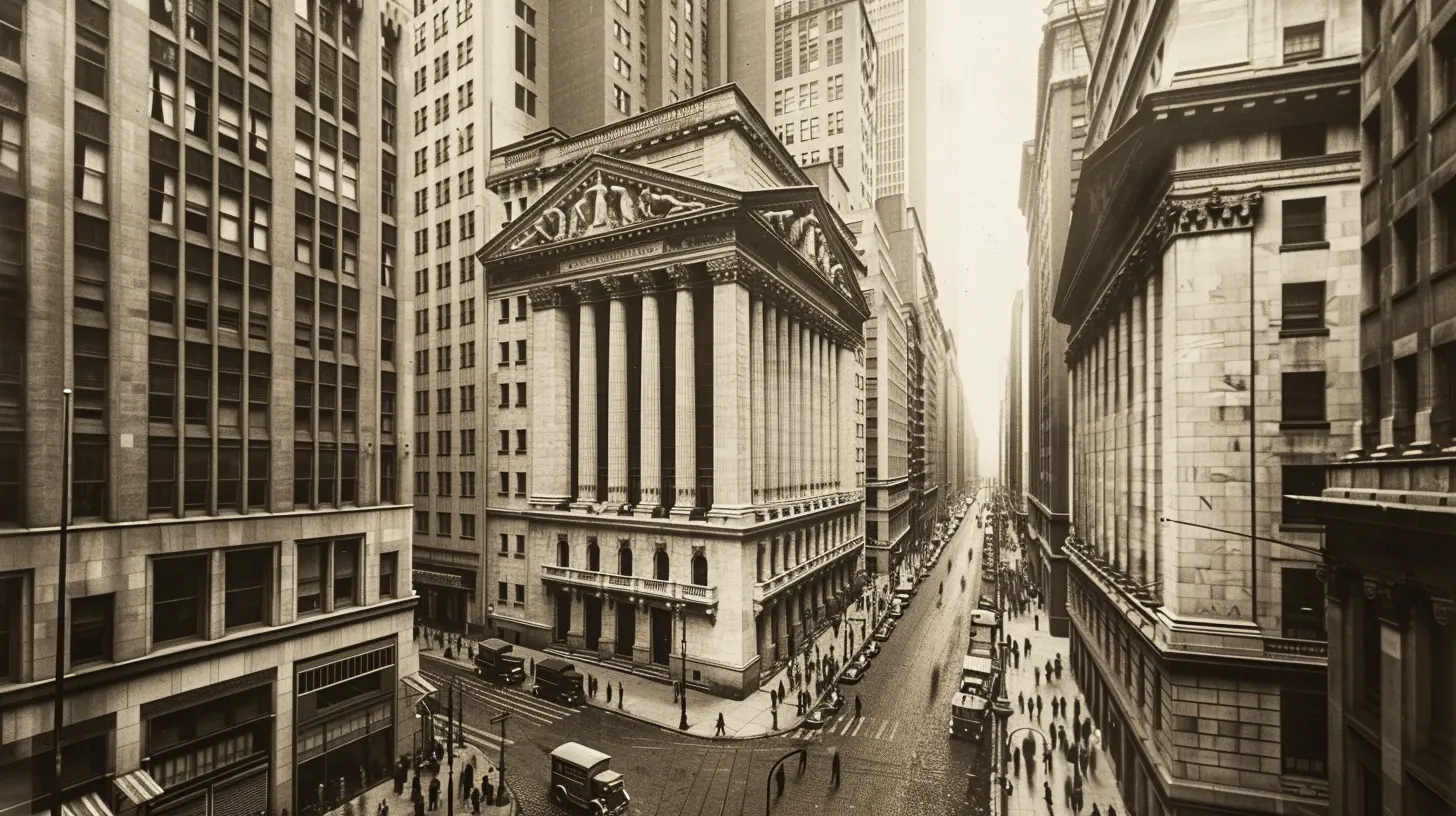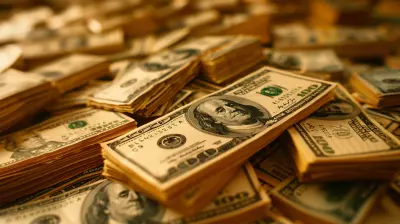Dividend Stock Investing: Key Lessons from History
28 September 2025
If you're looking to grow your wealth steadily and sleep well at night, dividend stock investing might just be your financial soulmate. It’s like planting a tree that not only grows over time but also drops fruit every quarter. Sounds sweet, right?
But here’s the kicker — dividend investing isn’t just about picking the highest yielders. Nope. The real magic lies in understanding the bigger picture, especially the lessons history has to offer. So, get comfy, because we're about to dive deep into the past to pull out some golden nuggets that can shape your investing future.
What Are Dividend Stocks, and Why Do They Matter?
Before we jump into history, let’s clear up the basics. Dividend stocks are shares of companies that return a portion of their profits to shareholders on a regular basis — usually quarterly. These payouts come in handy for retirees, passive income seekers, and long-term investors alike.But why should you care?
Because dividends can be a reliable source of income, even when the market plays emotional rollercoaster. They're like financial lifeboats in a sea of volatility.
Lesson 1: The Great Depression – Cash Flow Is King
Let’s rewind to the 1930s. The stock market crash of 1929 sent shockwaves through the economy. Panic set in, unemployment soared, and many investors were wiped out.But guess who fared better? Dividend investors.
Many blue-chip companies at the time — think General Electric, Procter & Gamble — kept paying dividends despite the chaos. Investors who held onto these stocks not only survived but continued to earn an income.
Takeaway? Dividend-paying companies with strong balance sheets can act as anchors during market storms. While share prices can tumble, steady dividends can provide cash flow, which you can reinvest at lower prices — turbocharging long-term gains.
Lesson 2: World War II – Resilience Over Hype
During World War II, uncertainty was the name of the game. War spending ramped up, markets fluctuated wildly, and investor sentiment was all over the place.However, history shows that companies with consistent dividends still stood strong. Coca-Cola, for example, maintained its payouts even as the world burned. Why? Because reliable businesses with proven models tend to survive.
What’s the point here?
Chasing hyped-up stocks rarely beats sticking with dividend stalwarts that have weathered storms. The glitz of tech IPOs fades, but consumer staples keep delivering the goods—and the cash.
Lesson 3: The 1970s Stagflation Era – Dividend Growth Shines
The 1970s were rough. Inflation skyrocketed, oil prices ballooned, and the economy flatlined. But dividend growth stocks? They quietly kept compounding wealth behind the scenes.Take Johnson & Johnson or PepsiCo. These companies not only paid dividends—they raised them regularly. That’s what made the difference.
Why does this matter?
Because inflation eats your money alive. Earning a fixed income over time means less and less purchasing power. But dividend growth stocks give you a pay raise every year, helping you maintain — or even improve — your lifestyle.
Lesson 4: The Dot-Com Bubble – Fundamentals Matter
Flashback to the late '90s. Anything with ".com" in its name was jumping like a kangaroo on caffeine. Investors tossed fundamentals out the window. And then… pop!The bubble burst in 2000, wiping out trillions in market value. But guess who came out relatively unscathed? Yep, the humble dividend investor.
Companies without earnings (or even revenue) collapsed. Meanwhile, businesses like McDonald’s and Johnson & Johnson kept their dividend streaks alive.
The key lesson? Never ignore fundamentals. Dividends force management to be disciplined. They can't fake cash payouts. It's easy to get caught in hype, but history shows quality wins in the long run.
Lesson 5: The 2008 Financial Crisis – Reliable Income Beats Volatility
Ah, 2008 – the mortgage meltdown that nearly broke the global financial system. Stocks tanked. Banks failed. Panic was in the air.But once again, dividend stocks softened the blow. Sure, values dropped, but many companies continued paying (and even increasing) their dividends.
Let that sink in.
In one of the worst economic meltdowns, dividend income didn’t just survive — it thrived in the right places.
Plus, reinvesting those dividends at rock-bottom share prices created a compounding snowball effect. Those who held strong reaped the rewards in the recovery.
Lesson 6: The 2010s – Dividend Aristocrats Rule
The post-crisis bull market wasn't just about flashy tech stocks. It was a playground for dividend aristocrats — companies that have raised their dividends for 25+ consecutive years.Names like Pepsi, 3M, and Clorox stole the spotlight for long-term investors. Why? Because reinvesting those rising payouts compounded wealth faster than most realized.
The math is magical. A 3% yield that grows 7% annually beats most market returns over time — and with far less drama.
Lesson 7: The COVID-19 Crash – Quality Wins Again
In 2020, COVID-19 changed everything. Panic selling returned. Some dividend payers slashed or suspended dividends — especially in hospitality and airlines.But strong companies didn’t flinch.
Think Microsoft, Apple, and Procter & Gamble. They kept paying — and in some cases, even raised dividends during the crisis. That’s a powerful statement of confidence.
The takeaway here? Not all dividend stocks are built the same. The key is to focus on quality — strong balance sheets, reliable cash flow, and low payout ratios.
Dividend Reinvestment: The Unsung Hero
Let’s not forget about one of the best parts of dividend investing — reinvesting dividends.Instead of taking the cash and running, you can reinvest your earnings into more shares. Over time, this creates a compounding loop that turns modest investments into serious portfolios.
Think of it like a garden: every seed (dividend) you plant grows into another tree that drops more fruit. It's financial farming at its finest.
The Power of Patience: Time Is Your Best Friend
History favors the patient.Dividend investing isn’t flashy. It doesn’t make headlines. But over decades, it quietly builds wealth, pays bills, and brings financial freedom.
You won't double your money overnight — but you’ll likely sleep better knowing you own a piece of solid businesses generating real profits.
Want proof? Look at Warren Buffett. Much of his wealth comes from dividend-paying companies like Coca-Cola and American Express.
He doesn’t just collect dividends — he lets them snowball.
Common Mistakes to Avoid
Even dividend investing isn’t foolproof. Here are a few traps to steer clear of:- Chasing Yield: A 10% yield might scream "deal," but it often signals trouble. Always look under the hood.
- Ignoring Payout Ratio: If a company pays out more than it earns, that dividend isn't sustainable.
- Being Impatient: Dividends take time to show their power. Don’t bail early.
- Neglecting Diversification: Spread your bets. Focus across sectors like healthcare, utilities, and consumer staples.
Building a Dividend Portfolio: Tips to Get Started
Ready to jump in? Here’s how to start your dividend investing journey:1. Start Small: Use a brokerage with no fees. Even $100 can get you going.
2. Focus on Dividend Growth: Look for companies with a history of increasing payouts.
3. Reinvest Automatically: Turn on dividend reinvestment programs (DRIPs).
4. Watch Fundamentals: Balance sheet strength and cash flow are key.
5. Stay Consistent: Keep adding over time, regardless of market noise.
Final Thoughts: History Doesn’t Repeat, But It Rhymes
Dividend investing may not be trendy, but it works. Again and again, history shows that companies with reliable, growing dividends outperform during crises, inflation, and bubbles.So, if you're in it for the long game — and want a little extra income along the way — dividend investing deserves a spot in your portfolio.
It’s not just about chasing cash. It’s about building a fortress of financial freedom, brick by brick, payout by payout.
all images in this post were generated using AI tools
Category:
Dividend StocksAuthor:

Uther Graham
Discussion
rate this article
1 comments
Mia Hudson
History shows that chasing shiny trends won’t pay your bills—dividend stocks are the real deal! Forget the hype; smart investing is about stability and consistent cash flow. Time to stop playing and start building that wealth, darling!
October 5, 2025 at 2:58 AM

Uther Graham
Thank you for your insight! I completely agree that focusing on stability and consistent cash flow through dividend stocks is a smart strategy for long-term wealth building.


